Honda is investing heavily in growing its electric vehicle production operations in North America but is also leveraging expertise and capacity for hybrid powertrain production
It was just over a year ago that AMS reported on Honda’s investments in establishing its electric vehicle (EV) production operations in North America. This has seen the retooling and upgrading of powertrain and vehicle production plants to create an EV hub in Ohio. It was announced that the Marysville Auto Plant (MAP) would be the first to be redeveloped to produce EVs along side its existing ICE and hybrid powered vehicles. This sees the consolidation of production for these vehicles on to a single line to allow for the addition of EV production operations, with the planned transfer of production for the Accord to the company’s Indiana Auto Plant in 2025.
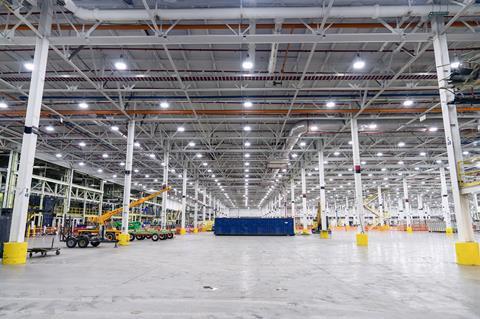
More progress at Marysville
Updating on progress with this project Honda offers more details on the changes to the Marysville plant. The line consolidation has seen the removal of most of line two, to enable production of both EVs and ICE vehicles on the same line. The company notes that the additional space will be used to improve the efficiency of lineside parts delivery and staging for assembly of both ICE vehicles and EVs, as well as the expansion of the Vehicle Quality area to verify software-dependent vehicle functions.
Another part of this upgrade will see a material consolidation area reconfigured to create a new workspace for the sub-assembly of the Intelligent Power Unit (IPU), that houses the EV battery module and its control hardware and software. These IPUs will supply EV production at both MAP and East Liberty Auto Plants (ELP). The teams at MAP will begin training on EV and IPU production later this year.
The development of the EV hub will also see ELP producing EVs across a single production line. Here the changes required are the overhead conveyors that carry vehicles through the plant. These will be strengthened to accommodate the heavier weight of battery-electric vehicles. And, as at MAP, the Vehicle Quality area will be expanded to verify software-dependent vehicle functions.
These upgrades will support the introduction of Honda’s first all-electric SUVs in the North American market, the Honda Prologue and the Acura ZDX.
“The establishment of our EV Hub is not simply an investment in retooling and equipment, we are investing in the Honda associates who will be taking on new responsibilities to lead us into the electrified future,” said Bob Nelson, executive vice president of American Honda Motor Co. “Our EV Hub in Ohio is playing an essential and strategic role for the evolution of EV production at Honda, in North America and globally.”
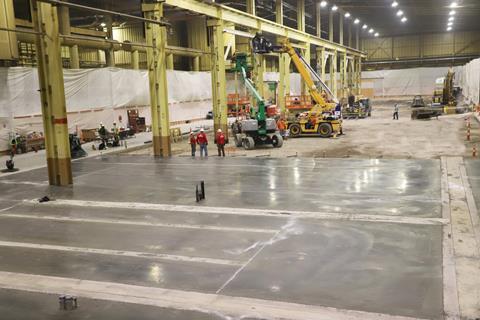
Anna Engine Plant adds mega-casting
There will also be changes at the company’s Anna Engine Plant (AEP), which will now produce the IPU case, that will contain the EV battery module and serve as the main frame structure for the floor of Honda and Acura EVs.
To achieve this six, 6,000-ton high-pressure die cast machines, that will mega-cast the IPU cases, will be installed at AEP. The large IPU case will be die-cast in two pieces and welded together using a Friction Stir Welding process. In 2023, in preparation to create space for production of the IPU cases, AEP transferred production of engine components for two different generations of engines to the Alabama Auto Plant (AAP).
It’s important to note that ICE production has and still will play an important part of AEP’s operations and output in the immediate future as Honda ensures it meets the continuing demand for ICE and hybrid powertrains, while integrating EV production.
AEP started engine production in 1985 and last year reach a milestone of 30m engines produced. This was marked with production of the newly refined 2.0-ltr Atkinson-cycle four-cylinder engine, which is part of the two-motor hybrid-electric system that powers Accord and CR-V hybrid-electric models. Honda says this is part of its electrification strategy and notes that 60% of US sales of these models are powered by the two-motor hybrid-electric system.
Honda secures North American battery supply chain
Securing a stable battery supply has also been an important part of the electrification strategy. Like many other OEMs Honda has entered into a number of partnerships battery cell producers and materials suppliers. As part of a joint venture with LG Energy Solution a new 2m sq. ft battery production facility is under construction near Jeffersonville, Ohio. Investment in the new JV facility is projected to reach $4.4 billion and is scheduled to be completed by the end of 2024, with an annual capacity of approximately 40GWh.
Two other recent agreements in North America further secure the supply of critical components. Honda says it has reached a basic agreement with Asahi Kasei Corporation on collaboration to produce battery separators for automotive batteries in Canada. The two companies are looking to establish a joint venture company before the end of 2024.
A battery separator is a porous membrane which prevents electrical short circuits by blocking contact between cathode and anode materials while allowing lithium ions to permeate through it. The separator is a critical component of lithium-ion batteries.
A similar agreement has also been reached with POSCO Future M, in this instance to produce cathode materials for automotive batteries, and again production will be located in Canada. The two companies had already been in discussions last year, looking at cooperating on procuring key battery materials. As with the agreement with Asahi Kasei, the aim is to sign a joint venture agreement before the end of this year.
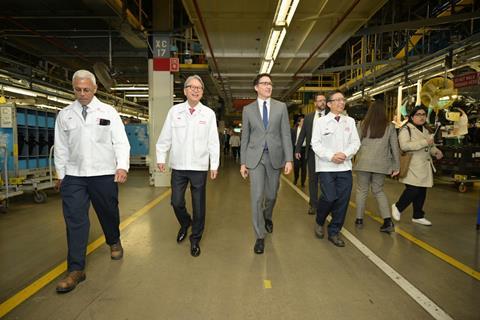
More investment in Canadian production operations
As well as the afore mentioned deals with Asahi Kasei and POSCO, Canada will play a major role in Honda’s electrification strategy for North America. With step one being the set-up of the EV hub in Ohio, Honda says step two will be to establish a comprehensive EV value chain that includes all aspects of EV production in Canada, from the procurement of raw materials for batteries, to the production of finished EVs. This part of the OEM’s strategy is ambitious with Honda evaluating the construction of an EV plant and a stand-alone battery plant in Alliston, Ontario.
Toshihiro Mibe, Global CEO of Honda says: “Honda is making progress in our global initiatives toward the realization of our 2050 carbon neutrality goal. In North America, following the initiative to establish our EV production system capability in the US, we will now begin formal discussions toward the establishment of a comprehensive EV value chain here in Canada, with the support of the governments of Canada and Ontario. We will strengthen our EV supply system and capability with an eye toward a future increase in EV demand in North America.”
The company is evaluating the scope of investment for these proposed facilities and is working with the governments of Canada and Ontario in accessing performance-based initiatives available through the federal government’s new Investment Tax Credits and provincial direct and indirect incentives that are supporting innovations in low-emissions manufacturing.
Some provisional targets have been set for start of production at the new Canadian plants with EV production looking to start in 2028 with production capacity of 240,000 EVs per year, once fully operational; the EV battery plant will have a capacity of 36 GWh per year. Honda says these investments will secure the current employment level of 4,200 associates at its two existing manufacturing facilities in Ontario, and it will add a minimum of 1,000 new associates for the EV and EV battery manufacturing facilities





























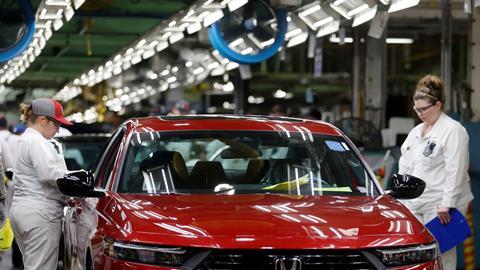

![Asahi Kasei Canada groundbreaking ceremony[48]](https://d2oevnekjqgao9.cloudfront.net/Pictures/380x253/1/5/6/326156_asahikaseicanadagroundbreakingceremony48_273505.jpg)
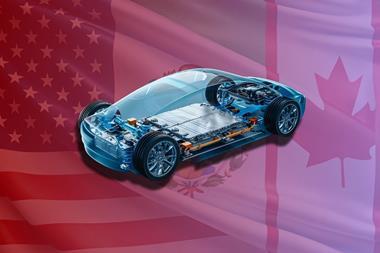
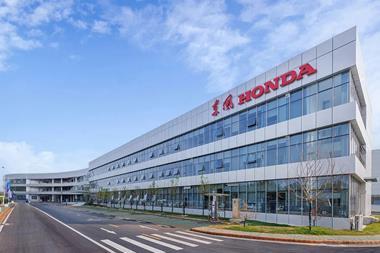
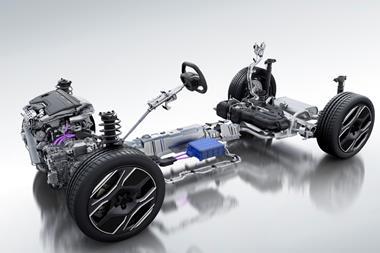




No comments yet